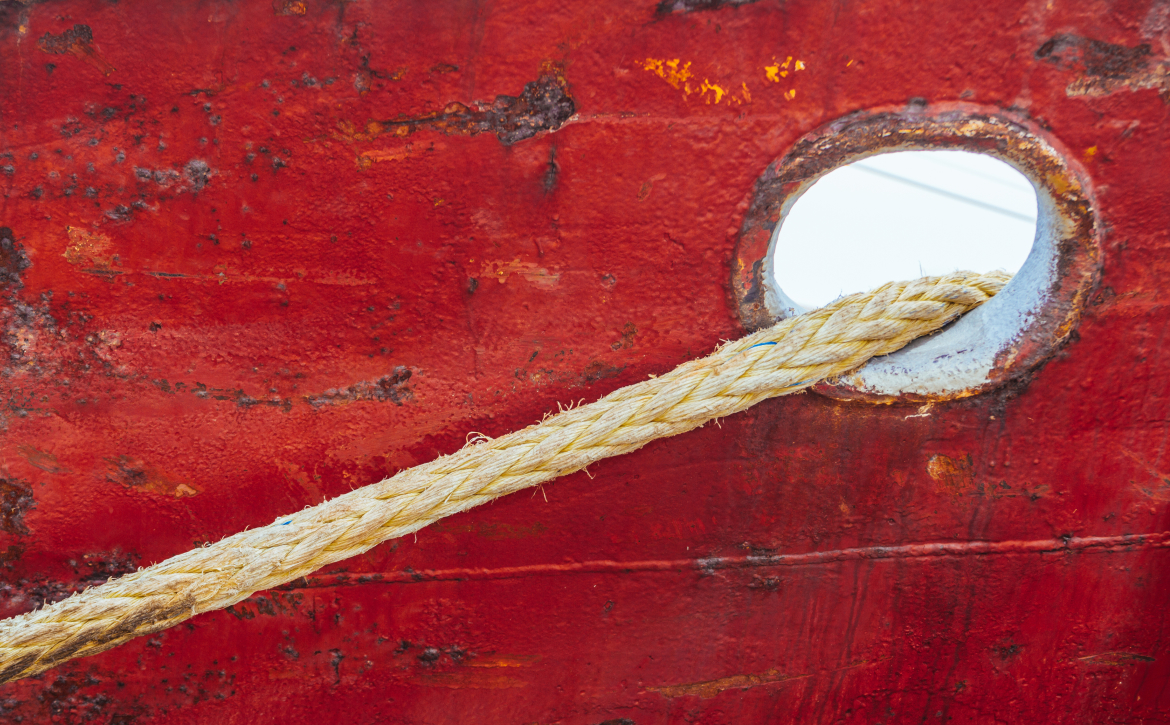Australia has announced the completion of negotiations for a China-Australia Free Trade Agreement. For those involved in Australia-China trade, we set out below key considerations and steps to take to best prepare for the commencement of the agreement.
Expected commencement mid-late 2015
Following the conclusion of negotiations, there are a number of steps to be taken before the FTA takes effect. Firstly, the text of the agreement needs to be finalised and signed. The FTA will then be reviewed by a senate committee. Following this, enabling legislation will need to be introduced and passed by parliament.
Simultaneously, China will be undertaking its own treaty making process.
When both countries have completed their domestic processes there will be a diplomatic exchange of notes following which the FTA will take effect on a nominated date.
As a guide, these processes usually take 9 – 12 months. Negotiations over the Korea FTA concluded in December 2013 and the FTA has not yet commenced. There were also nine months between the end of negotiations over the Malaysia FTA and its commencement.
Australian importers – are your goods subject to duty?
Do you know what duty you are currently paying? While most Chinese originating goods will be duty-free under the China FTA, many imports are already duty-free. There are three main ways in which goods from China are already duty-free:
- They fall under a tariff heading which is 0% duty for all imports (e mobile phones)
- They fall under a tariff heading which has a 0% DCS (developing country) rate (eg strawberries)
- They are entered duty-free under a tariff concession order (eg motor vehicle tyres)
Rather than waiting for the FTA to take effect, you should be undertaking a review of your imports to determine which attract duty, and of those, which you can now be taking steps to reduce the duty payable.
Are the goods covered by the FTA?
It is not enough that the goods are exported from either Australia or China. The goods must satisfy the rules of origin under the FTA to obtain preferential treatment. There will be different rules of origin for different goods.
Origin is usually only a difficult issue for manufactured goods using materials sourced from different countries. In some cases there must be a minimum level of Chinese or Australian content, for other goods, the focus will be on what happens to the goods in China or Australia (e.g. production processes).
Product specific rules will only be known once the wording of the FTA is released.
Australian exporters can expect similar rules of origin to those in other FTAs to which Australia is a party. Using these FTAs as a guide you can start to assess the extent to which your goods qualify.
Do goods have to be shipped directly?
Where qualifying goods are not shipped directly to Australia or China there are rules for determining whether the goods lose their preferential status.
While the rules have not yet been released, generally further processing outside of the country of origin or clearing Customs in another country will normally result in a loss of preferential status.
For Australian importers, if your supply chain includes a distribution centre or third party processing outside of China, you should now be reviewing this issue. Can your supply chain be easily altered to maintain Chinese origin status? If not, a cost benefits analysis should be undertaken.
Will you need a certificate of origin?
Details regarding origin certification are yet to be released. However, it is expected that the China FTA will be consistent with the Japan and Korean FTAs, whereby a certification of origin by either an authorised body or the manufacturer/exporter is required.
What should you be doing to prepare?
Australian importers and exporters have traditionally underutilised FTAs and other tariff concessions. It is either the case that the preference is not claimed, or is only claimed months/years after the FTA comes into force.
The key to taking full advantage of the China FTA is to prepare now by taking the following steps:
Importers
- Find out now which of your imported goods are currently subject to duty
- For those subject to duty, determine which may be of Chinese origin
- For all goods potentially of Chinese origin, contact the supplier to confirm origin (your Chinese supplier may already have assessed Chinese content for other FTAs)
- Review or amend your trading terms and conditions to ensure that the supplier has to provide a certificate of origin and assist you with claiming a customs preference
- If shipments are not direct from China, consider the potential duty impact and weigh up this cost against the cost of direct shipment.
Exporters
- If you are not the importer into China, find out from the importer if the goods currently attract duty. Some Australian imports into China are already duty-free
- If duty is currently payable, assess the extent to which the goods are of Australian origin. Prior to receiving more detail of the China FTA, the product-specific rules of origin under the Japan and Korea FTAs will be a good guide
- If Australian content is low, consider now costs the and suitability of using a greater level of Australian materials. While the FTA will not come into place for 9-12 months, lifting the Australian content of a product may take time and may not be easy without increasing costs
- With export levels likely to increase, it is crucial to take steps to protect your intellectual property in China
- Again, with increased imports comes increased risk. Take the time before the FTA’s implementation to ensure your exports comply with Australia’s export and China’s import requirements.





